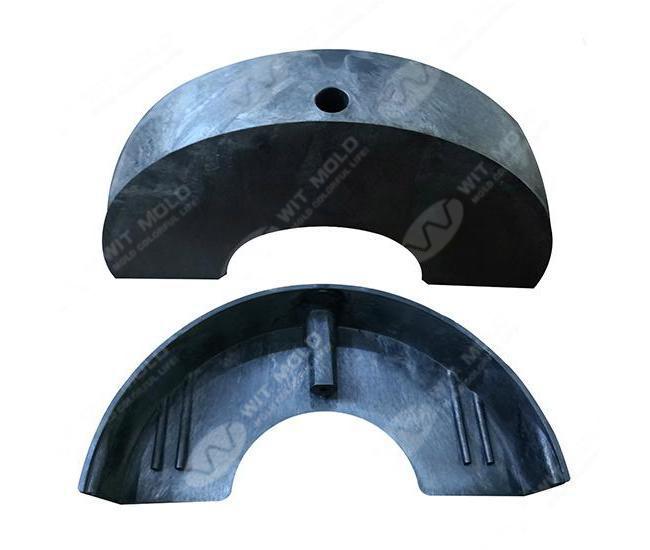How Does Structural Foam Molding Improve Strength and Reduce Costs?
Mar. 14, 2025
Understanding Structural Foam Molding and Its Benefits
Structural foam molding is an advanced manufacturing process that enhances product strength while reducing costs. This technique involves injecting a foamed thermoplastic resin into a mold, creating a lightweight yet highly durable structure. It is widely used in industries such as automotive, packaging, and construction, where material efficiency and mechanical performance are crucial.
By leveraging the benefits of structural foam molds, manufacturers can achieve a cost-effective production process while ensuring high-quality end products. But how exactly does this method improve strength and lower costs? Let's explore.
How Structural Foam Molding Enhances Strength
1. Uniform Cell Structure for Higher Durability
One of the key advantages of structural foam molding is the creation of a uniform cellular structure within the material. This structure distributes stress evenly, reducing weak points and making the final product more resistant to impact, warping, and cracking.
2. Increased Rigidity with Reduced Weight
Unlike traditional solid plastics, structural foam molds incorporate microcellular formations that enhance stiffness while significantly lowering weight. This makes them ideal for applications that require both lightweight and high load-bearing capacity, such as automotive components and industrial enclosures.
3. Improved Thermal and Chemical Resistance
The foamed resin used in structural foam molding provides excellent resistance to temperature variations and chemical exposure. This durability ensures a longer lifespan for products exposed to harsh environments, reducing the need for frequent replacements.

How Structural Foam Molding Reduces Costs
1. Lower Material Usage
Because structural foam molds require less raw material compared to solid plastic molding, manufacturers can significantly cut down on material expenses. The foaming process allows for efficient use of resin, optimizing both cost and sustainability.
2. Faster Production Cycles
The process of structural foam molding involves lower injection pressures, which reduces wear and tear on molds. As a result, the tooling lasts longer, and manufacturers experience fewer downtimes and lower maintenance costs.
3. Reduced Energy Consumption
Structural foam molding operates at lower pressures and temperatures than traditional molding methods. This results in lower energy consumption during production, making it an eco-friendly and cost-effective manufacturing solution.
4. Minimized Waste and Recyclability
The precision of structural foam molds ensures minimal material waste, further reducing production costs. Additionally, the materials used in the process are often recyclable, contributing to a more sustainable production cycle.
Conclusion: Is Structural Foam Molding Right for You?
Structural foam molding offers a unique combination of strength enhancement and cost reduction, making it an ideal choice for manufacturers looking to optimize their production processes. By leveraging its lightweight yet durable structure, lower material usage, and energy efficiency, businesses can improve product quality while keeping expenses under control.
Are you considering using structural foam molds for your next project? Share your thoughts or questions in the comments below!
35
0
0

Comments
All Comments (0)